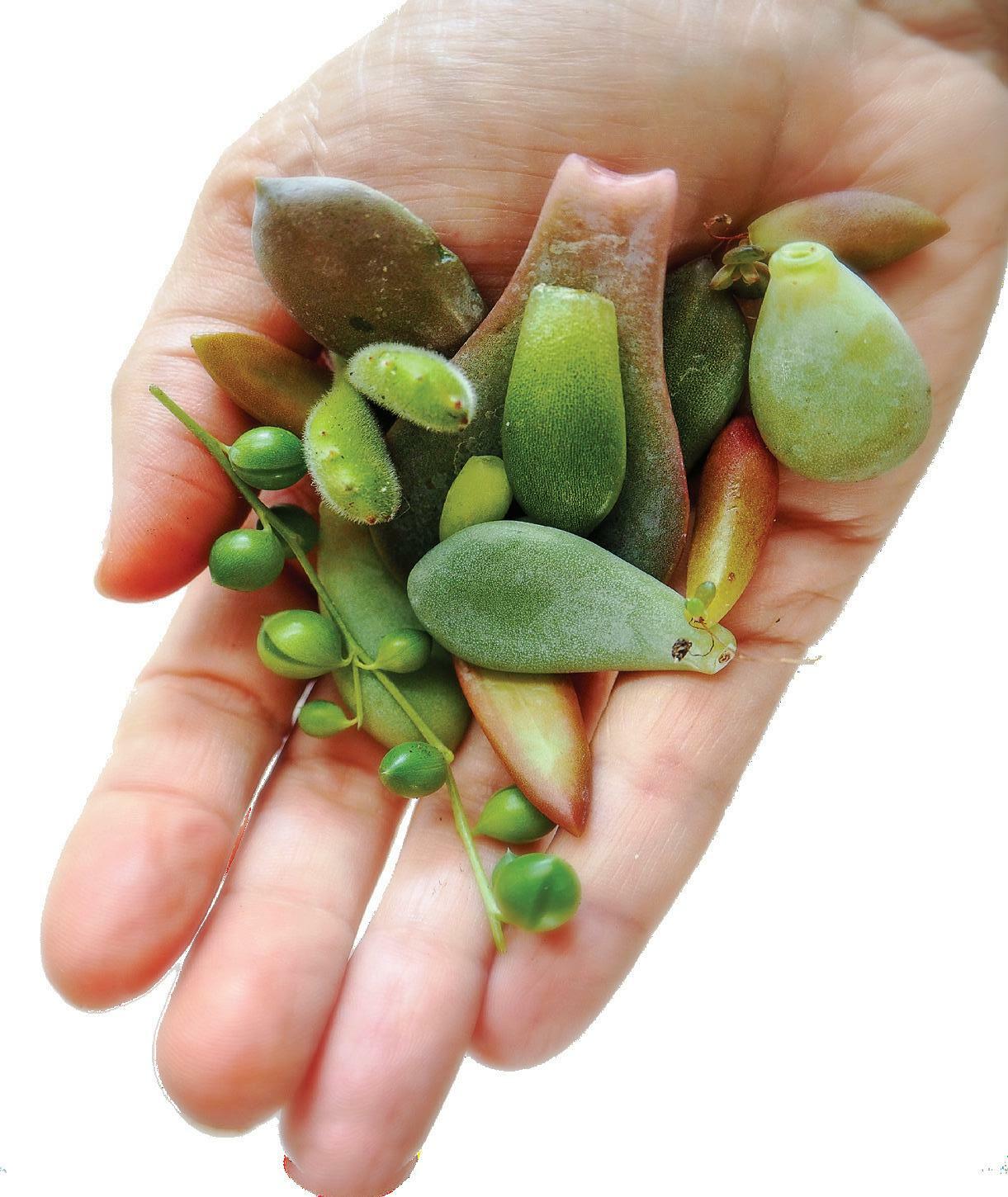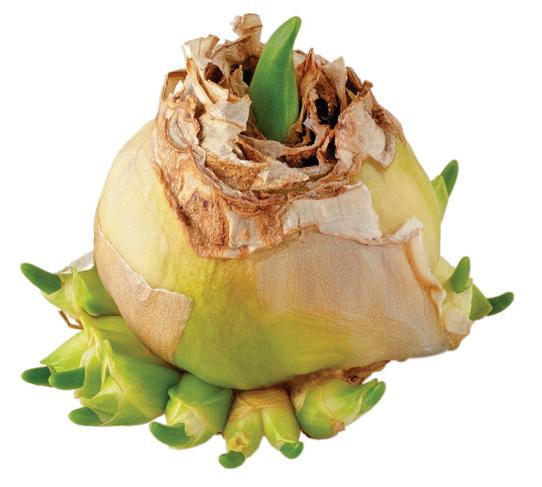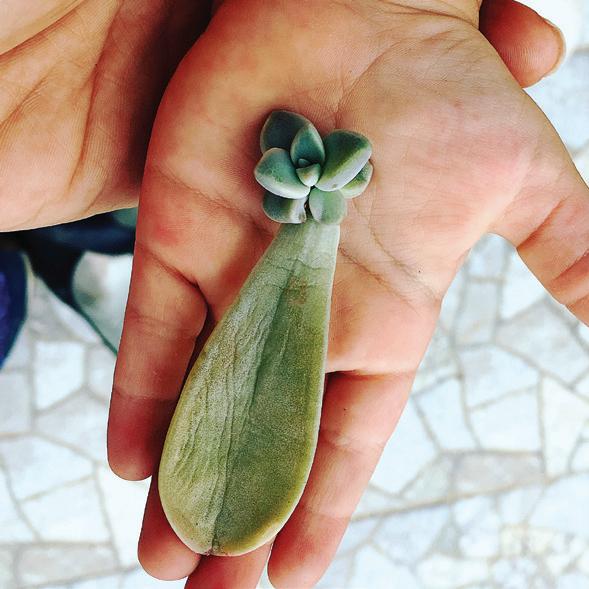
2 minute read
Year-Round Gardening
Everything You Need to Know About Plant Propagation
By Haiden Steingass
If you have any experience with gardening or caring for houseplants, you may have come across the term “plant propagation,” which is essentially the practice of duplicating an already-existing plant with its stems, roots and seeds. Sound bizarre? We’ll admit, this is one of the more advanced gardening techniques we’ve covered. But if you carefully follow a few key steps and have the proper products, you’ll be able to reproduce your favorite plants in no time. Let’s jump right in to the basics.
You can propagate plants in different ways, from cutting off a piece of the plant like the stem to dividing a full-grown plant into two. And while there are more complex ways to do it, we will focus on the three methods that are the simplest and most common for basic houseplants.
Cutting plants at the stems –
One way to propagate plants is by cutting off part of the plant at the stem. This works best when you cut plenty of the stem off and dip the end of the freshly-cut stem into rooting powder. Put the stem into a potting mix like perlite or vermiculite. Then, wait up to two months for the stems to grow new roots. Once they do, you can replant them, and the plant will continue to grow as usual.
For succulents, you can typically just pull the individual leaves off, and they will grow roots naturally (cutting them works, too).
Dividing the plants in two –
This technique is one of the easiest ways to propagate a plant. If you have a fully-developed potted houseplant, all you have to do is take it out of the planter and divide it in two parts down the center. Do this gently to avoid damaging the roots. If you need to, you can use a knife to cut down the middle. Replant both parts as soon as they are completely separate. Once the roots recover, the plants will begin to grow again.
You can also follow this same practice of division with bulbs. Certain bulbs will grow additional bulbs onto them, so you can separate those from the original and plant them.

Planting pups –
Certain plants are ideal for propagation because they produce “plantlets” or “pups.” These are smaller plants that are offspring from the original plant and can grow attached or separate from each other. Plantlets and pups are quite common with succulents. They are extremely simple to propagate because they grow their own set of roots, so all you have to do is dig them up and replant them as desired.
Some of the most popular plants to propagate include succulents, tuberous begonia, Dieffenbachias, African Violet, carnations, snake















